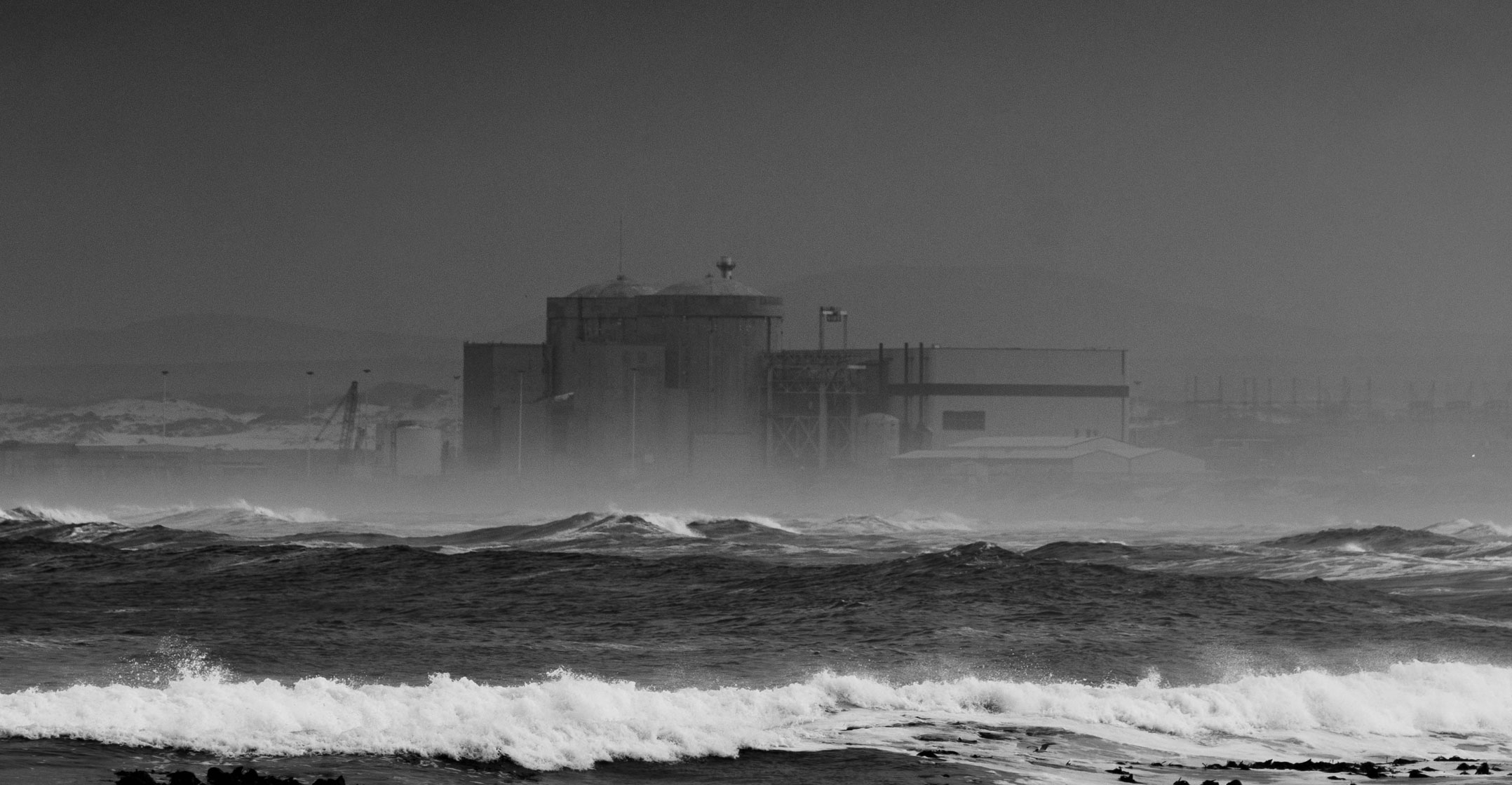 Over the past 15 years, South Africa has been experiencing a gradually worsening number of electricity cuts. This state of affairs has prompted frustration among citizens, negative international economic sentiment and financial hardship for many businesses.
Over the past 15 years, South Africa has been experiencing a gradually worsening number of electricity cuts. This state of affairs has prompted frustration among citizens, negative international economic sentiment and financial hardship for many businesses.
Public pressure has grown more intense, leading to the extraordinary presidential decision by President Cyril Ramaphosa to proclaim a state of disaster as well as to appoint a minister of electricity.
The year 2022 was marked by the worst power outages in the country’s history. Electricity generation deficits reached up to 6GW on occasion, necessitating up to 10 hours of rolling electricity blackouts.
High outages have persisted through the warmer early months of 2023, and since early January the country has experienced power cuts every day.
It’s widely expected to get worse as electricity consumption peaks in the winter months of June and July. And there’s a growing fear that the national electricity grid could, at some point, collapse entirely. This would lead to blackouts lasting many days or even weeks.
Based on an analysis of trends and recent events in the power sector, the following factors are expected to lead to power outages reaching critical proportions this winter. (I also assess the likelihood of record electricity shortages and catastrophic scenarios such as a complete grid collapse.)
1. Coal-fired power stations
Eskom has an installed maximum generating capacity of 55GW. Of this, a massive 74% (40GW) is generated from coal power stations.
These are mostly older plants approaching – or already exceeding – their projected 40-year life spans. In recent years, and partly due to persistent power shortages, the power stations have been used excessively. They have also been insufficiently serviced. The result is that the plants break down far too frequently, accounting for the bulk of Eskom’s lost capacity.
There are two much newer coal plants – Medupi and Kusile – that together should provide 9.6GW. These builds were initiated in 2007 to mitigate against power shortages that were predicted a decade down the line.
But the two plants ended up costing more than double the sum initially projected. They were also hamstrung by huge construction delays and technical design flaws.
One of Medupi’s units (800MW) suffered a massive explosion, and repairs are only expected to be completed in 2024.
In October last year, Kusile experienced a catastrophic chimney collapse. Full repairs would require two years.
To allow the units to operate sooner Eskom applied for and received special permission to exceed normal pollution limits. Even so, the affected units will only be ready to produce power again at the end of this year at the earliest.

2. Nuclear
This accounts for 3% of the national generation capacity. Two units at the Koeberg power station in the Western Cape have a total capacity of 1.8GW. To continue operating beyond the end of its currently approved 40-year lifespan in 2024, Eskom is making major upgrades that had been projected to need six months per unit.
But the exercise is already well behind schedule. This means that one unit that would normally generate 900GW will be unavailable during this year’s winter months.
3. Gas, hydro, wind and solar
The remaining 13GW (23%) of the South African power generating capacity is roughly equally shared by gas, hydro, wind and solar. These typically only produce 25-50% of their nominal maximum power.
The constraints include:
• The intermittent nature of sunshine and wind and the irregularity of water flow due to water management requirements.
• Gas is a very expensive electricity-producing technology that is only intended to be used in emergencies. Overuse last winter resulted in Eskom being unable to make fuller use of this resource later, leading to power shortage over the last summer as well.
• Renewable power plants currently only have a small footprint in the South African energy mix. This has meant that they can’t for now play a major role in mitigating power shortages. The significant upswing in domestic solar installations in the past year as well as the projected completion of many new solar and wind farms in late 2024 is not yet sufficient to overcome the power deficit.
The winter spike
No major relief to the power shortfall in the form of large new power generating units is due to happen before next year. South Africans therefore have to brace for winter power shortages.
South Africa’s electricity daily peak consumption rises from a summer average of 32GW to 36GW in winter. This is caused by the increased use of electrical heating devices, as well as the longer use of lights and increased geyser consumption.
Eskom has tried to maximise the operation of its power plants in the colder months by scheduling plant maintenance during the warmer seasons. This strategy is being adopted again in 2023 and will provide some relief. But there are too many plants that are going to be out of operation for the entire winter season.
My estimations suggest that the mid-winter power shortfall will be of the order of 2GW greater than it was in 2022. Deficits of 8GW (stage-8 load shedding) can therefore be expected on some days.
 Grid collapse
Grid collapse
A national blackout triggered by the current oscillating frequency of the grid drifting too far from the prescribed 50Hz would raise the danger of the power grid collapsing. This would happen if points along the grid – including power plants – tripped one after the other, resulting in zero electricity everywhere.
Re-energising the grid would be a slow process achieved one station at a time. Many days of economic activity would be lost before full electricity supply is recovered. The consequences would be far reaching, and would include possible looting and vandalism. It could also lead to fuel shortages, which in turn would affect transport and industry and a host of facilities that use backup generators such as hospitals, laboratories and morgues.
Rolling power cuts are the best practical way to prevent a grid collapse and total blackout. Eskom is therefore at pains to always keep the generated power higher than the power used. It does this by cutting access to electricity to some users.
A prompt reduction in power usage through the speedy implementation of tougher electricity cuts would always prevent a grid collapse. Nonetheless, a grid collapse cannot be ruled out if, for example, a set of poorly performing coal plants all break down in quick succession.
As South Africa’s new electricity minister has warned, the winter of 2023 is going to be challenging.![]()
- The author, Hartmut Winkler, is professor of physics, University of Johannesburg
- This article is republished from The Conversation under a Creative Commons licence

